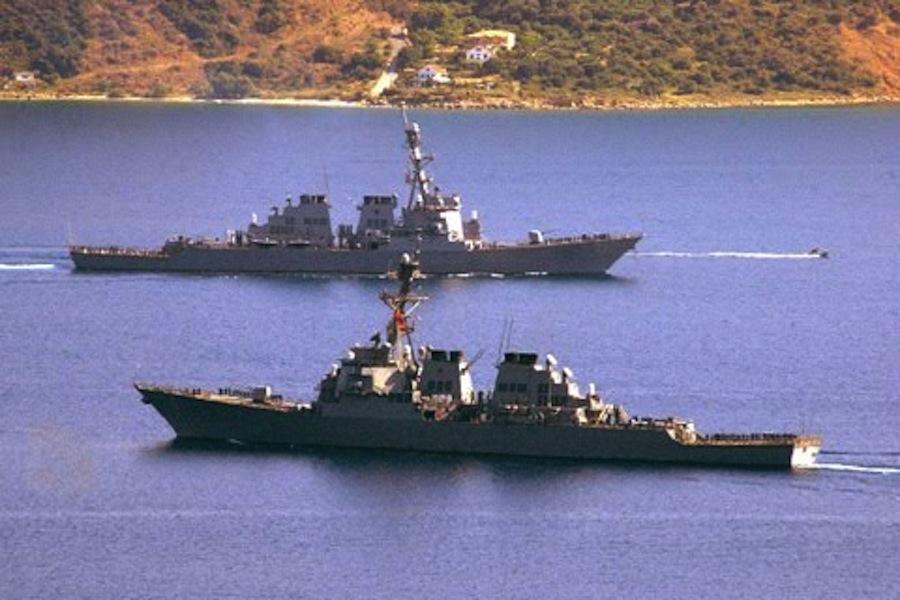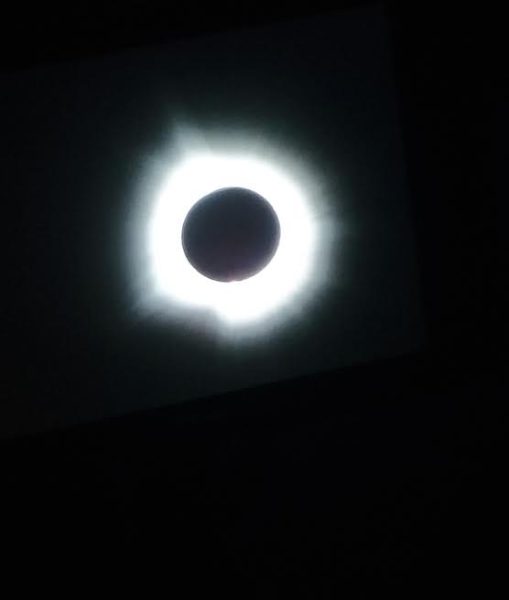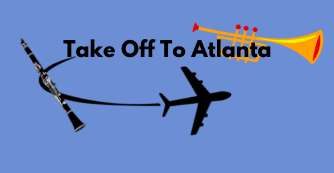Iranian Threat
Iranian warships have moved just beyond the United States Maritime borders. According to Iranian officials, it is a response to America’s efforts near Bahrain, with America’s ships just off the coast of the country. The measly fleet consists of only two ships. One of which is a destroyer, equipped with anti-naval missiles, that has suspicions circling around it about previous trips to Sudan. It is rumored to have delivered weapons to the country for the past two years. The other ship is a logistic-helicopter carrier. The fleet currently poses no threat to the U.S.
“The mission shows the danger Iran would pose if it possessed nuclear weapons,” says John Bolton, a former U.S. ambassador to the United Nations under President George W. Bush and an arms negotiator during the Cold War. “It shows they could put a weapon on a boat or freighter, and if Iran has ballistic missiles it could put it anywhere on the U.S. coast,” Bolton said. “Down the road it could be a threat.”
This fleet heralds the meeting between U.S and Iranian officials on February 18, where the issue of Iran’s nuclear program will be the subject. Iran wishes to remove the sanctions that have been ravaging the country’s economy. The U.S wishes to completely eliminate the program as to ensure our own security in the matter, but also that of nations all around the world.
Gary Samore, a former adviser to President Obama on arms control, weapons of mass destruction and terrorism, said, “Iran has consistently objected to the U.S. military presence in the Persian Gulf, and their position is there should be no military bases or forces in the Gulf controlled by countries that are not Gulf countries. They say this because if there were no outside powers, Iran would be the strongest power in the region. So it’s in their interest to demand there be no external force in the Gulf.”
Iran uses a tactic in wartime situations called asymmetric warfare, which utilizes cheap, low-tech weapons and a willingness to fully expend the units of their military. In an attempt to confuse an adversary by sea, the Iranian military employs multiple speedboats and miniature submarines all around the gulf. Many people would consider this fighting style very reckless and extreme.
According to Michael Connell, director of Iranian Studies at the Center for Naval Analyses, “If they make it to the North Atlantic, and that’s a big if — they’ve never been that far — the threat they pose is minimal,” Connell said. “They are not really equipped to threaten land-based targets. And the vessels would be highly vulnerable, especially to U.S. naval aircraft,” he said. “Essentially, they would be at the bottom of the ocean in fairly short order if they assumed a threatening posture.”
Bolton said Iran’s ships may not pose much of a threat now but their mission shows the Islamic Republic is building up its capabilities for the future. Iran rarely has sent its own ships outside the Persian Gulf, but is now training ship captains on sailing the Suez Canal and the North Atlantic to show their potential reach is far from Iran, Bolton said.
“They are showing they can sail from Iran across the Atlantic Ocean and travel right up to our coast,” Bolton said. “They’re building up capabilities. That’s what training missions do.”
This situation is still very much pending, as the fleet has not yet reached our borders, and likely more updates on the situation will be soon to follow.
Interviews courtesy of USA Today.











